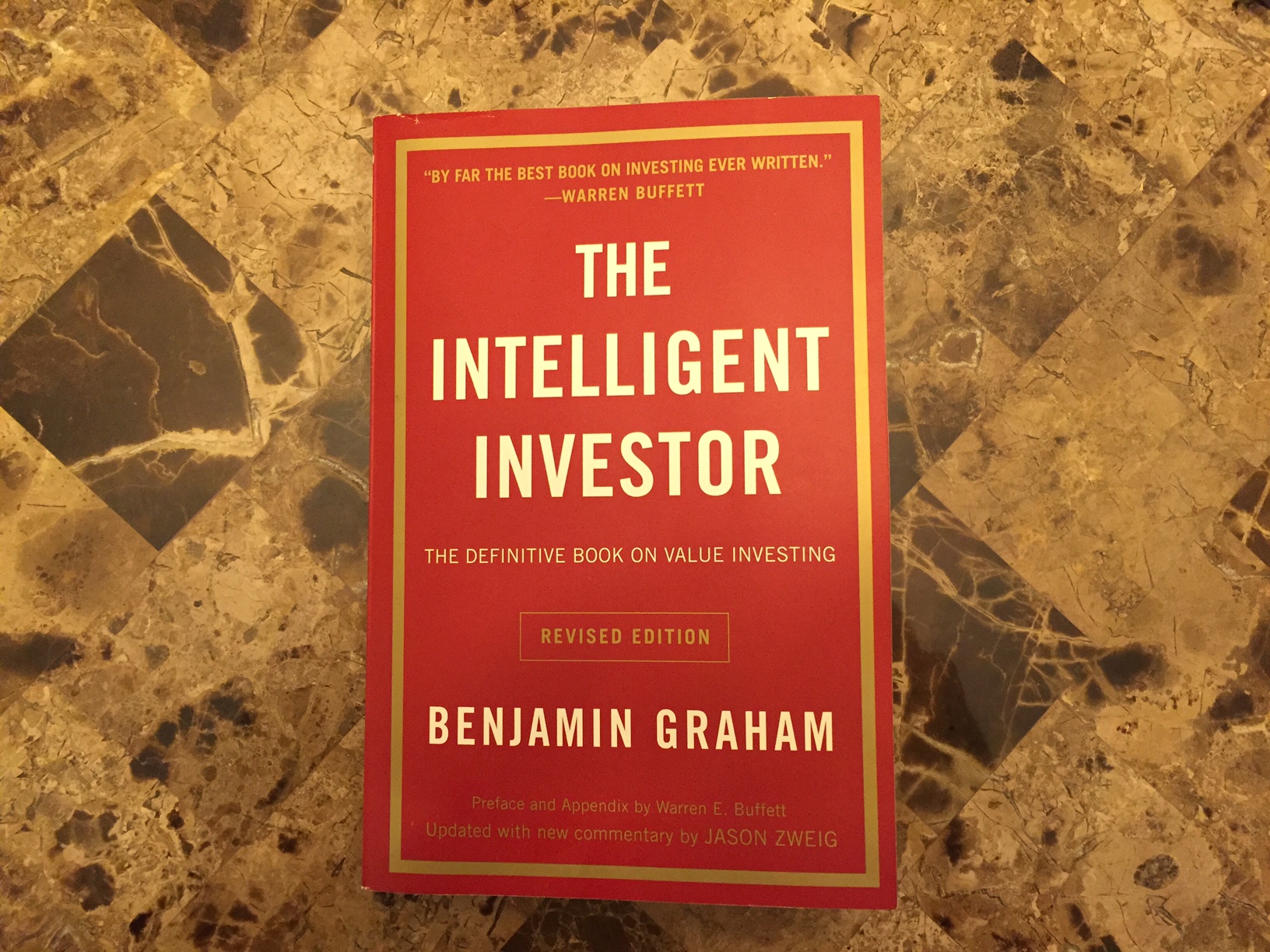There are remarkable benefits to tackling clutter, whether that clutter is physical, mental, or financial. Clutter creates added stress and tends to freeze people from taking action and doing what is important and in their best interest. Some of the key benefits of working with a financial planner include getting organized, consolidating accounts, and having a coherent strategy for your financial life. It’s not rocket science, yet somehow, it can be so difficult for people to do what they know they should do. We aim for simplicity in everything we do.
We all can benefit from decluttering. But where to start? It can be a daunting task. It’s so daunting in fact, that most people don’t even want to bother. But clutter can represent fear, self-doubt, fatigue, and guilt. If you’re a perfectionist, clutter is a reminder of your failures and lack of control.
Do we need all this stuff? Many of us have hoarding tendencies, a love of material items, and a feeling that we “need” more things to be happy. We were raised this way. Our grandparents lived through the Great Depression, and they learned to never throw anything away in case they needed it later. That scarcity mentality is fear-based and was passed down from generation to generation. We have to unlearn that more is always better.
When you are able to reduce clutter, it feels wonderful. How can you get started?
1) Start small. Just fill one box or one trash bag with stuff you can get rid of. Maybe this will be easy for you. But for many of us it’s tough to decide that you don’t need something. Ask your self these questions:
– When was the last time I needed this, used this item, or wore this clothing? Was it this month, or was it years ago?
– What would happen if I did not have this item? Would I miss it? Would I need it? If it’s rarely used, could I borrow one from a friend?
– Would I buy this again today?
2) Give with a purpose. Maybe there is someone else who would benefit from your unneeded item, who would appreciate it, and give it a new life. Why keep it in your closet, if it could be helping someone else?
There are many local charities that will accept your used items. Since I foster for Operation Kindness, let me share this: You can donate your unwanted clothes, shoes, books, toys, and small appliances to Operation Kindness. They will even pick up your items at your house! Just schedule a pick-up at www.DonateForKindness.org. And be sure to keep a list of your items for tax time, so you can take a deduction for a non-cash charitable donation.
Or donate to another charity of your choice. Or sell your stuff on Craigslist, or on eBay, or at your neighborhood yard sale, and make a few bucks. Some people have made thousands selling extra things in their house.
3) Set a timer for 30 minutes. When confronted with a large and unpleasant task, it’s easy to feel overwhelmed. Who knows how long it will take? This causes us to procrastinate getting started.
Here’s what I do: just set a timer for 30 minutes and GO. You don’t have to have a plan, just attack whatever seems to be the area of greatest need and keep moving for 30 minutes. I often find that I actually clean the room or rooms in less than 30 minutes. When the bell rings, I stop and move on with my day.
You can do anything for 30 minutes, and psychologically, it is easier to say “I am going to clean for 30 minutes” than to leave it open-ended, “I am going to clean this clutter.” Even when I don’t finish in 30 minutes, I have often made a significant dent – 50%, 75%, even 90% complete. Don’t let Great be the enemy of Good. If we can just spend 30 minutes, we may find that we achieved the result we needed, and often that is good enough.
The next day, you can always go for another 30 minutes. You don’t have to declutter all at once. We only have so much time, attention span, and energy. Give yourself permission to take small bites. It’s okay – you are moving in the right direction.
4) Stop digging. As the saying goes, if you are in a hole, the first step is to stop digging. Step back a figure out why you are accumulating so much stuff. Is shopping a hobby? Do you buy stuff when you are bored, or stressed, or tired? Do you buy things you regret, that you don’t need?
Become more aware of your feelings about things. Acknowledge those feelings, those triggers, and find an alternative action. Take up a new hobby, go to the gym, find something else to fill those feelings other than shopping.
5) Outsource. Hire a personal assistant or a housekeeper or someone to do the work you hate doing. No need to feel guilty, there are only so many hours in the week. And if you hate doing some type of work, why do it? You can spend your time more productively elsewhere.
Decluttering creates a feeling of empowerment. I am in charge. I am organized. I am ready to make decisions and remove any obstacles in my way. Getting rid of clutter is like taking a weight off your shoulders. You aren’t even aware of how much it is a burden until you get rid of it.
There are benefits to your house, to your stress levels, and even to your relationship with your spouse and children. Decluttering is not just about stuff, it’s about your mindset.
If you can tackle decluttering your house, you can apply many of the same steps to your financial clutter:
1) Start small, just do one thing.
2) Set aside 30 minutes to organize your finances tonight. Don’t keep putting it off!
3) Change behavior that isn’t in line with your goals.
4) Outsource to a professional, to a Certified Financial Planner professional like me.













